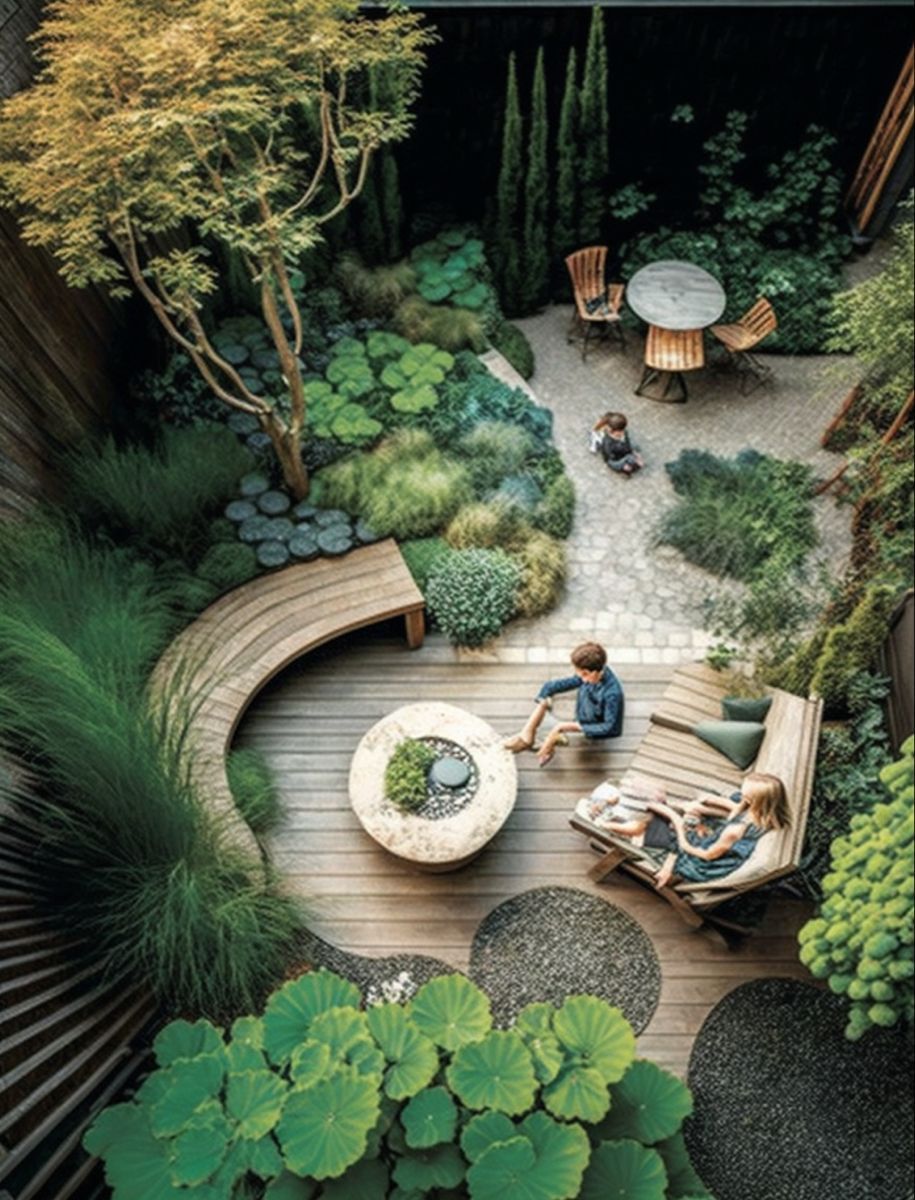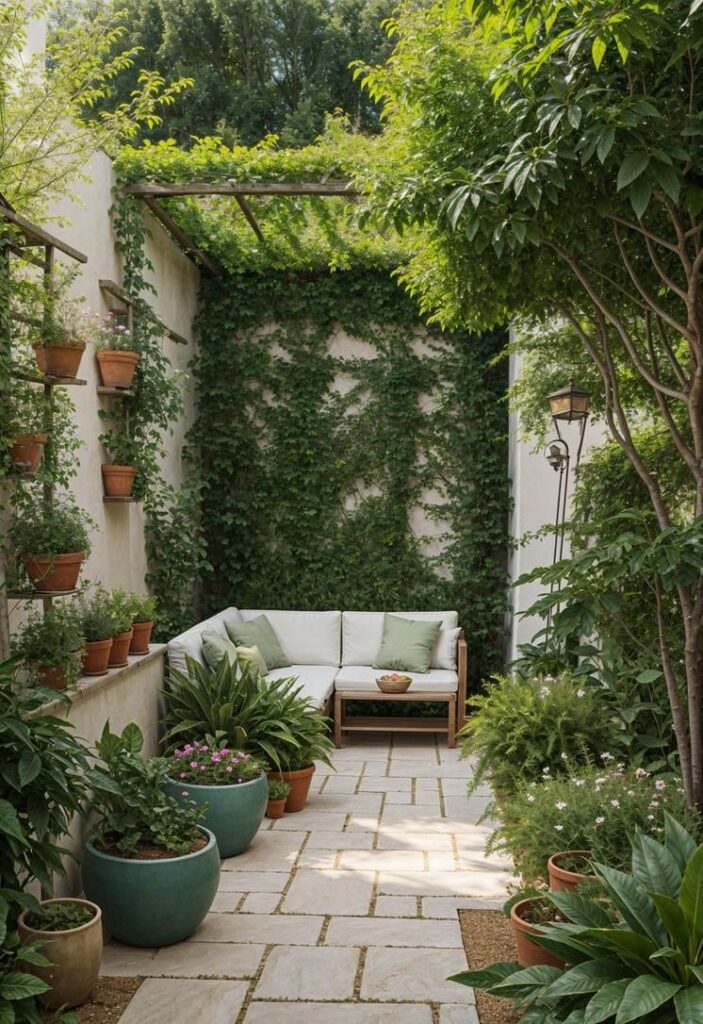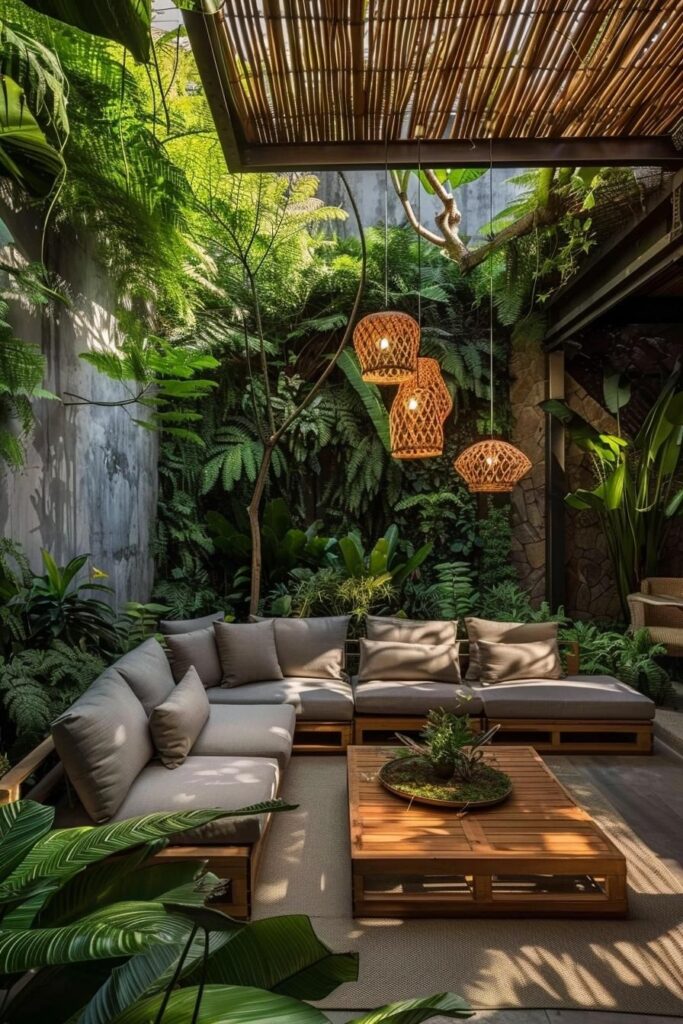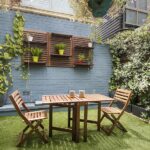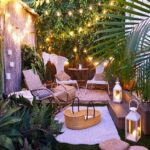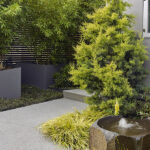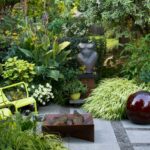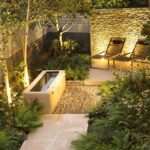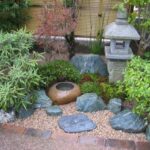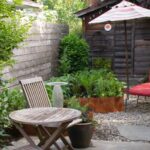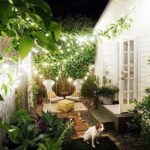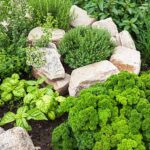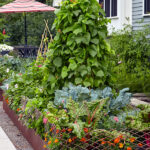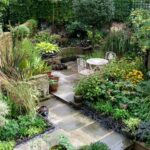When it comes to designing a garden in a small space, there are several key factors to consider in order to make the most of the area available. One of the first steps in designing a small garden is to determine the purpose of the space. Is it meant for entertaining, growing vegetables, providing a tranquil retreat, or simply adding visual interest to the area? Once the purpose is established, it will be easier to decide on the layout and features of the garden.
In small gardens, it is important to maximize vertical space in order to create the illusion of a larger area. Consider adding trellises, hanging baskets, or vertical planters to grow plants upward instead of outward. This will help to free up valuable floor space and create a more visually appealing garden. Additionally, using mirrors or reflective surfaces strategically placed in the garden can help create the illusion of depth and make the space feel larger.
When selecting plants for a small garden, it is important to choose varieties that will not overpower the space. Opt for compact plants that have a bushy or trailing growth habit, such as dwarf shrubs, ornamental grasses, and small perennials. This will help to maintain a sense of scale and prevent the garden from feeling cramped or crowded. Consider incorporating a variety of textures, colors, and heights to create visual interest and depth in the garden.
Incorporating elements such as seating areas, water features, and lighting can help to enhance the functionality and atmosphere of a small garden. A small bistro set or bench can provide a comfortable space for relaxation or dining, while a small fountain or pond can add a calming element to the garden. Additionally, adding lighting such as string lights, lanterns, or solar-powered fixtures can help to create ambiance and extend the use of the garden into the evening hours.
When designing a small garden, it is important to pay attention to the overall layout and flow of the space. Consider creating different zones within the garden, such as a dining area, a seating area, and a planting area, to make the most of the available space. Incorporating pathways, stepping stones, or borders can help to define the different areas and create a sense of order and unity in the garden. Additionally, consider using containers or raised beds to create a cohesive and organized look in the garden.
Overall, designing a garden in a small space requires creativity, careful planning, and attention to detail. By maximizing vertical space, selecting the right plants, incorporating elements such as seating and lighting, and paying attention to the layout and flow of the space, it is possible to create a beautiful and functional garden that makes the most of a limited area. With some strategic design choices and a little bit of inspiration, even the smallest of spaces can be transformed into a lush and inviting outdoor retreat.
